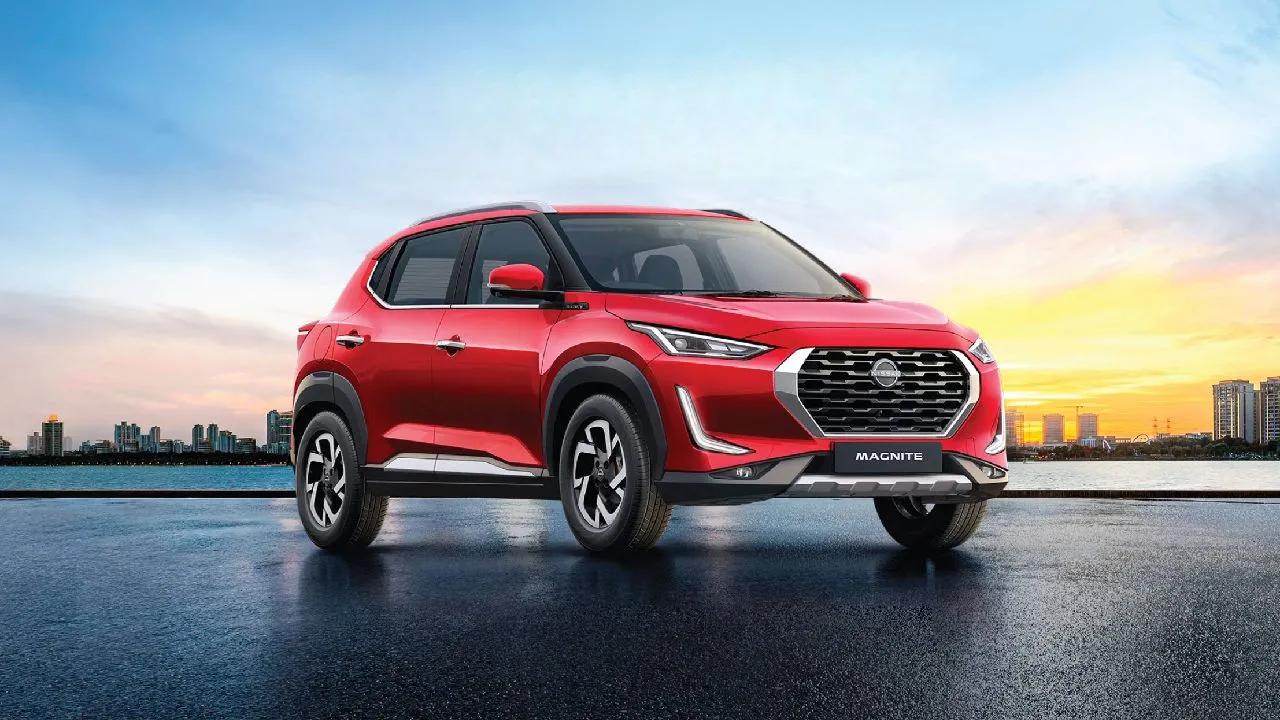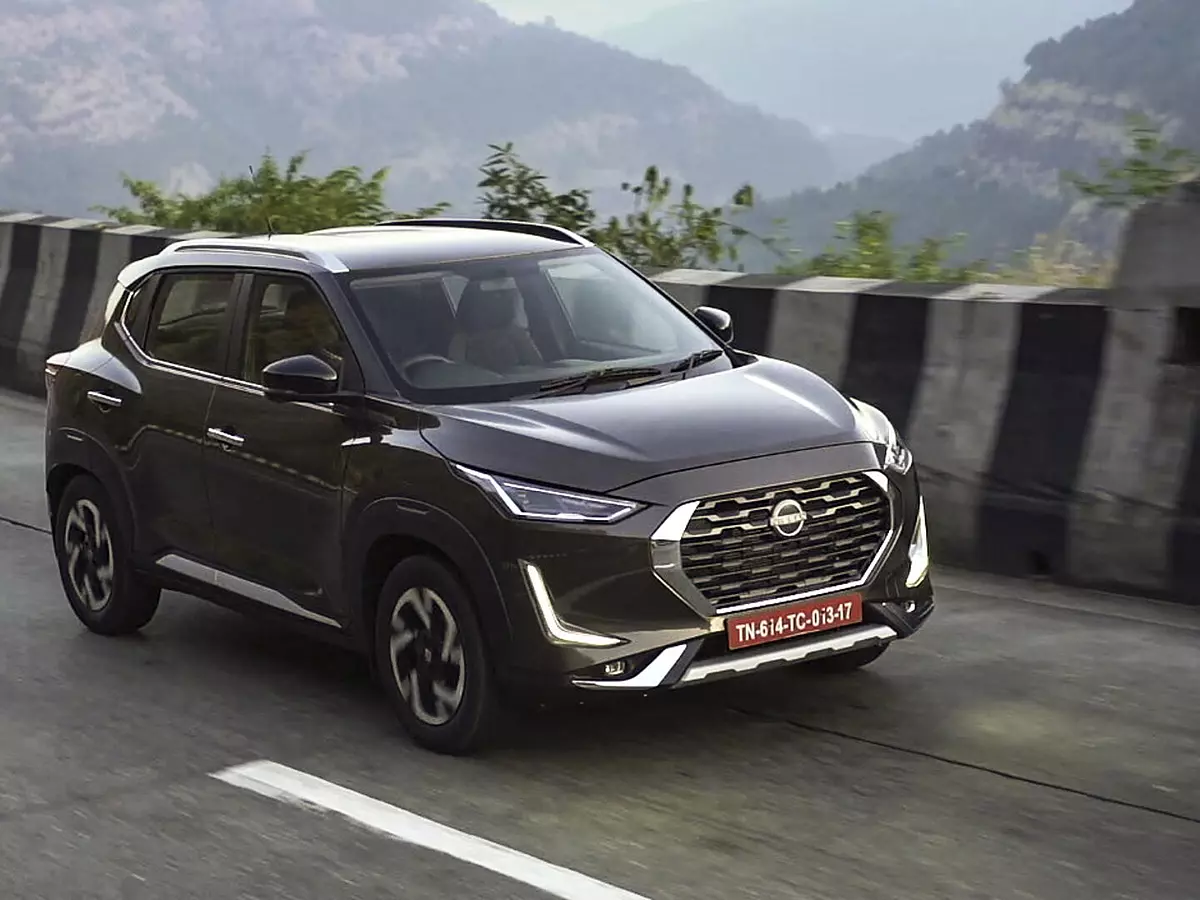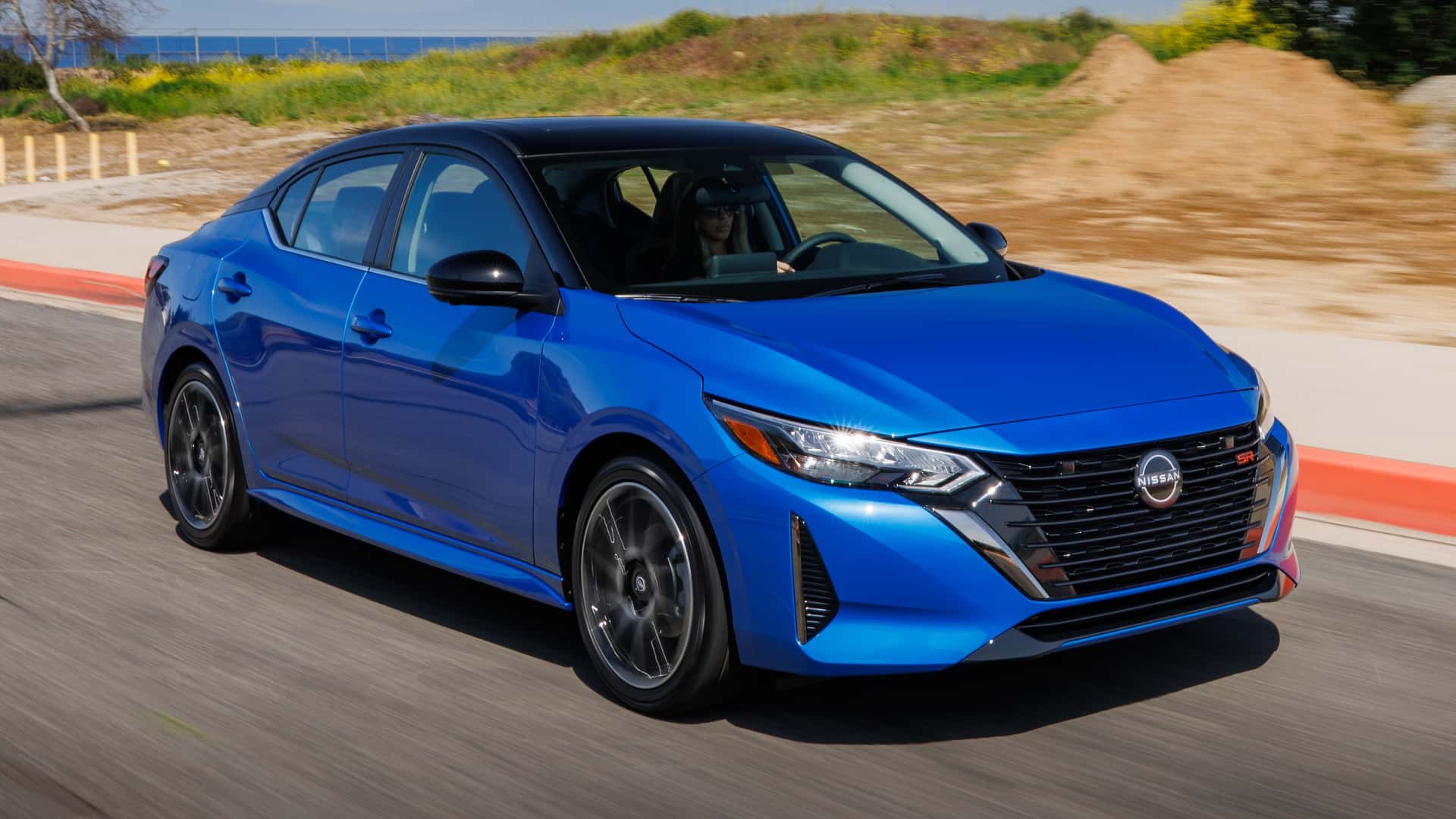In a bold move by Nissan, a new sales policy has been rolled out targeting the stagnant inventory at dealerships across North America. As of April 2024, Nissan dealers received a memo allowing them to advertise vehicles for up to 10% off the invoice price, a drastic measure aimed at accelerating sales and reducing the average 98-day lot time for their vehicles. This strategy, while potentially beneficial for consumers, has been met with mixed reactions among the dealers themselves.

User
Unprecedented Discounts and Dealer Reactions
In an effort to clear out unsold inventory, especially larger models like the Nissan Armada, dealers are permitted to offer up to 15% off the $56,520 MSRP, making it competitive with counterparts like the Chevrolet Tahoe and Ford Expedition. This aggressive pricing tactic is designed to attract buyers deterred by the high cost of new vehicles. However, the plan puts considerable pressure on dealers who fear that such deep discounts could undermine their profitability.
A Nissan dealer from a major metropolitan area expressed cautious optimism about the new policy, noting the potential to reduce floorplan expenses and increase customer traffic. “We want more flexibility to make better deals and get more traffic into the stores,” the dealer explained, hoping to leverage over 200 unsold vehicles on their lot to their advantage.

Conversely, some dealers feel that Nissan is shirking its own responsibilities by pushing the financial burden onto them. “Nissan is saying, ‘We can’t afford to be in the market, so you need to be,'” remarked one frustrated dealer, reflecting a sentiment that the automaker should invest more in incentives and Tier 1 marketing instead of forcing dealers to cut prices drastically.
Strategic Risks and Opportunities
This new policy also opens the door for dealers to practice strategic upselling. One dealer highlighted their approach to use the low advertised prices as bait to upsell to higher-trim models once customers are in the showroom. “When the consumer gets here and realizes the vehicle doesn’t have the feature, they are willing to pay the extra $3000 to upgrade the power seats,” they said, drawing a parallel with common retail tactics seen in stores like Best Buy.

Despite the opportunity to move slow-selling and lower-trim cars, concerns linger about the long-term impact on brand integrity and dealer margins. “Strong brands don’t want dealers in a race to the bottom,” a retailer pointed out, comparing Nissan’s strategy unfavorably with luxury brands like Louis Vuitton, which maintain strict pricing to preserve brand value.
Drive Electric San José: Take advantage of extra dealership discounts up to $3,000 from Aug 1-Oct 31 on 7 electric vehicle #EV models, including:
🚗Chevy Bolt
🚗Hyundai Ioniq and Kona
🚗Kia Niro (all electric or plug-in hybrid)
🚗Nissan Leaf
Learn more at https://t.co/Nt77BbrG0s pic.twitter.com/vkkrHXDrPG— San José Clean Energy (@sjcleanenergy) July 14, 2020
Nissan’s Drastic Pricing Strategy
Nissan’s drastic pricing strategy is a double-edged sword. While it may attract more buyers in the short term, there is apprehension about its sustainability and the potential devaluation of the Nissan brand and dealer profits. Dealers are caught between a rock and a hard place—either adapt to the new sales dynamics or potentially watch unsold models linger even longer on their lots. As the automotive industry continues to evolve, the effectiveness of Nissan’s aggressive pricing strategy will be closely watched by competitors and analysts alike, offering valuable lessons on the balance between sales incentives and brand value preservation.


